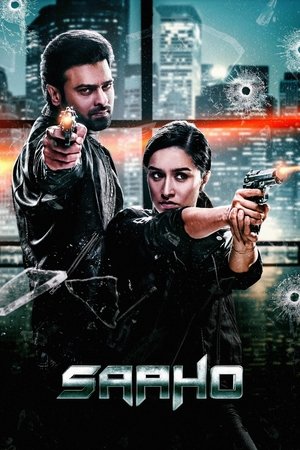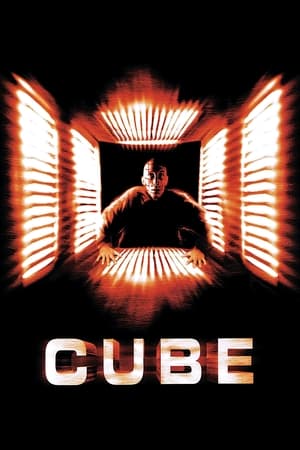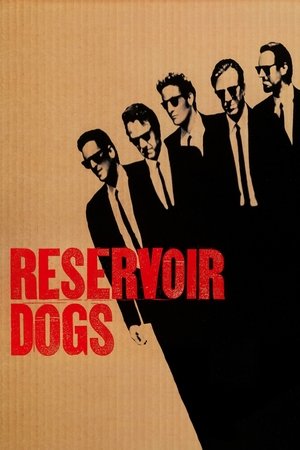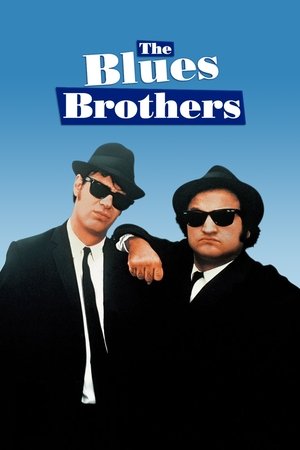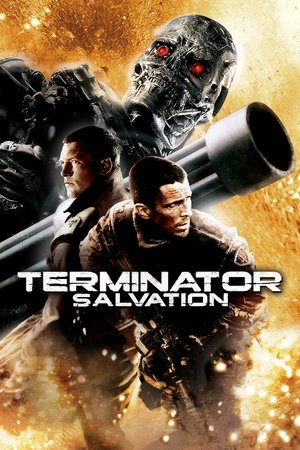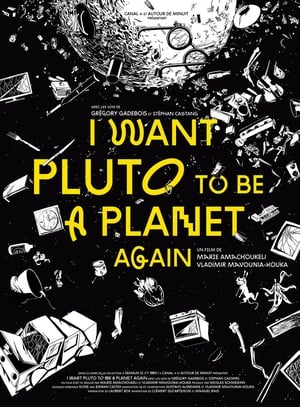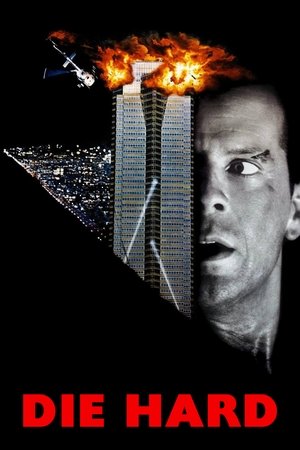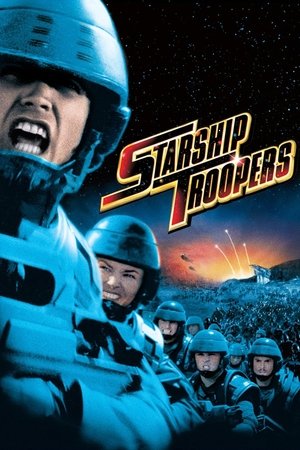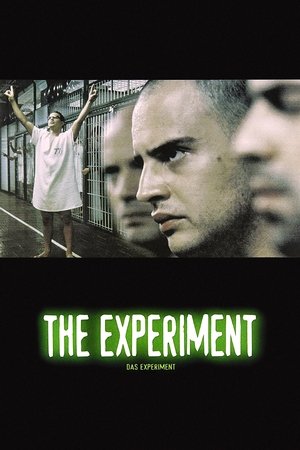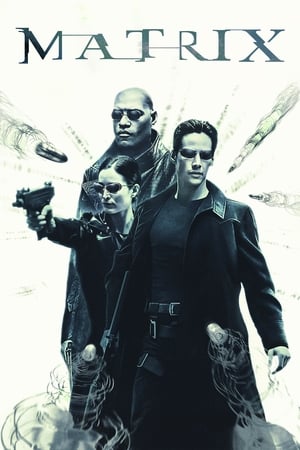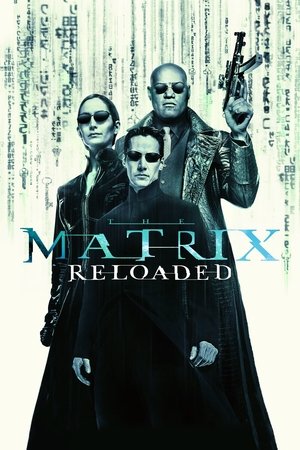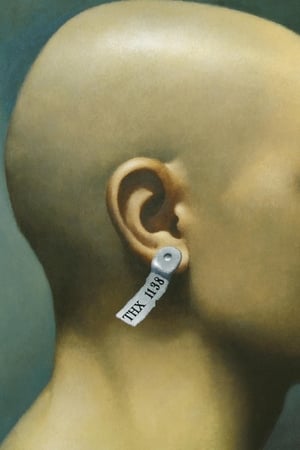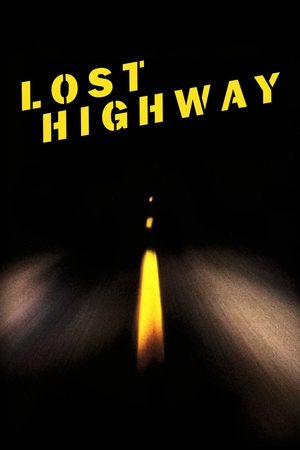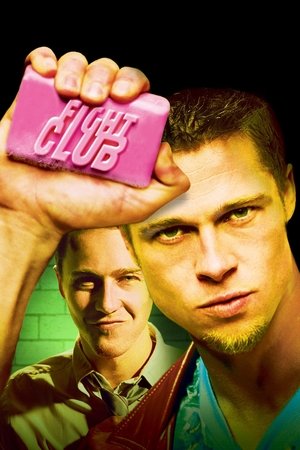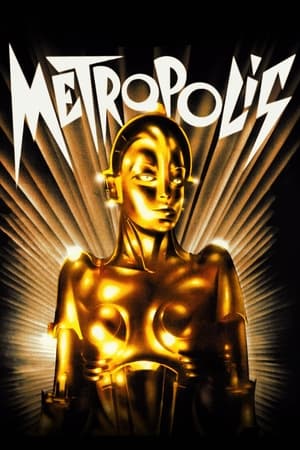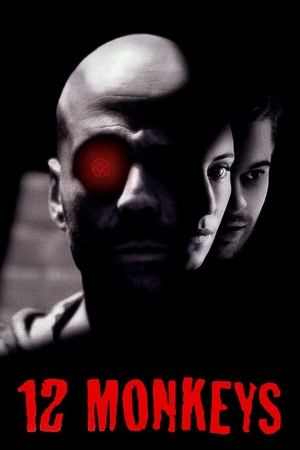Overview
In the future, the inmates of a private underground prison are computer-controlled with cameras, dream readers, and devices that can cause pain or death. John and his illegally pregnant wife Karen are locked inside "The Fortress" but are determined to escape before the birth of their baby.
Reviews
**This average quality film has creativity and some good qualities, but it can't overcome all the problems it faces.**
I didn't have very high expectations when I decided to see this movie. I knew that it was a film set in a future that, for us, is now past (the year 2017) and that it was yet another film about a prison break. I also knew that it had been a success in Europe, especially on the VHS market, and that it had been forgotten since the end of the tapes and no one was talking about it anymore. So, I decided to take a look, see if it was worth it, and I liked what I saw. It is a creative film, made by people with ideas and the ability to come up with imaginative solutions, based on a competent cast, and which made good use of its short budget.
The script takes us to a high-security prison, built underground in the United States desert, in order to accompany a couple who have just been arrested for trying to have a second child, something prohibited by the “one-child policy” then in effect. strength in the USA. Sentenced to the outrageous sentence of 31 years in prison, they are placed inside that place, where everything is controlled by a computer and depends on a vicious and sadistic director, and on the computer system itself, which sometimes seems to have a life of its own. Even the dreams of these inmates are controlled and censored via a mechanism installed in the gut, and that could kill them if they step over the risk (literally).
The script has a serious problem: it is based on an old premise that is prison escapes. We've seen a lot of them already, because almost every great fugue in history has been adapted for the screen in some way. However, the film tries to get around the problem with doses of imagination and creativity that futurism accepts well. The graphic violence of some scenes can also bother some people, but I think I've even seen worse. But be warned: we have everything from exploding intestines to half-human androids with a misshapen appearance. There is an investment in visual effects, special effects, make-up, quality sets and costumes, and this investment has paid off. Unfortunately, the cinematography is not very good, it is even below the standard of the time the film was made, but I coped well with it.
Stuart Gordon gives the film a well-executed, effective direction, managing to take full advantage of what he has to work with. Christopher Lambert, the eternal McLeod, is in excellent shape here and does a solid job, even if the role is simple and effortless. Kurtwood Smith is an efficient villain, cold and worthy of our contempt, but he also provokes some sympathy for his quest for a certain warmth that his character has lost. Loryn Locklin is also a welcome addition, but I felt several times that the character had little to do and was limited to being a damsel in distress. Tom Towles, Clifton Collins Jr., Vernon Wells, Jeffrey Combs and Lincoln Kilpatrick provide effective support, but they can do no more.

 95 min
95 min
 6.06
6.06
 1992
1992
 Australia
Australia
 Filipe Manuel Neto wrote:
Filipe Manuel Neto wrote: